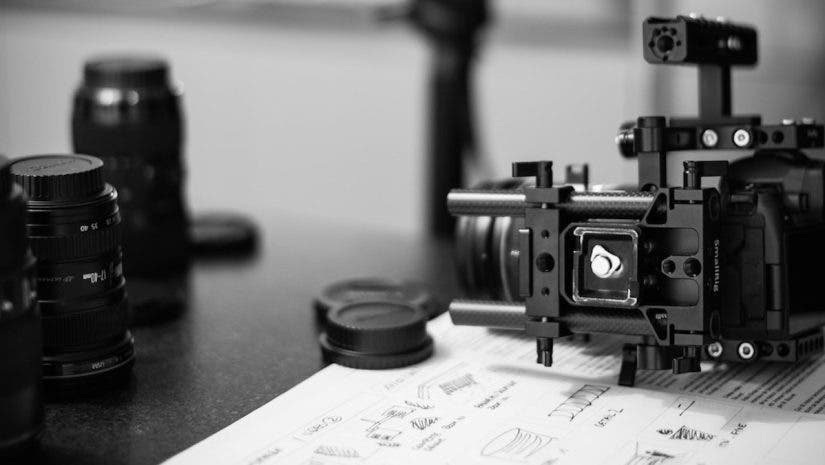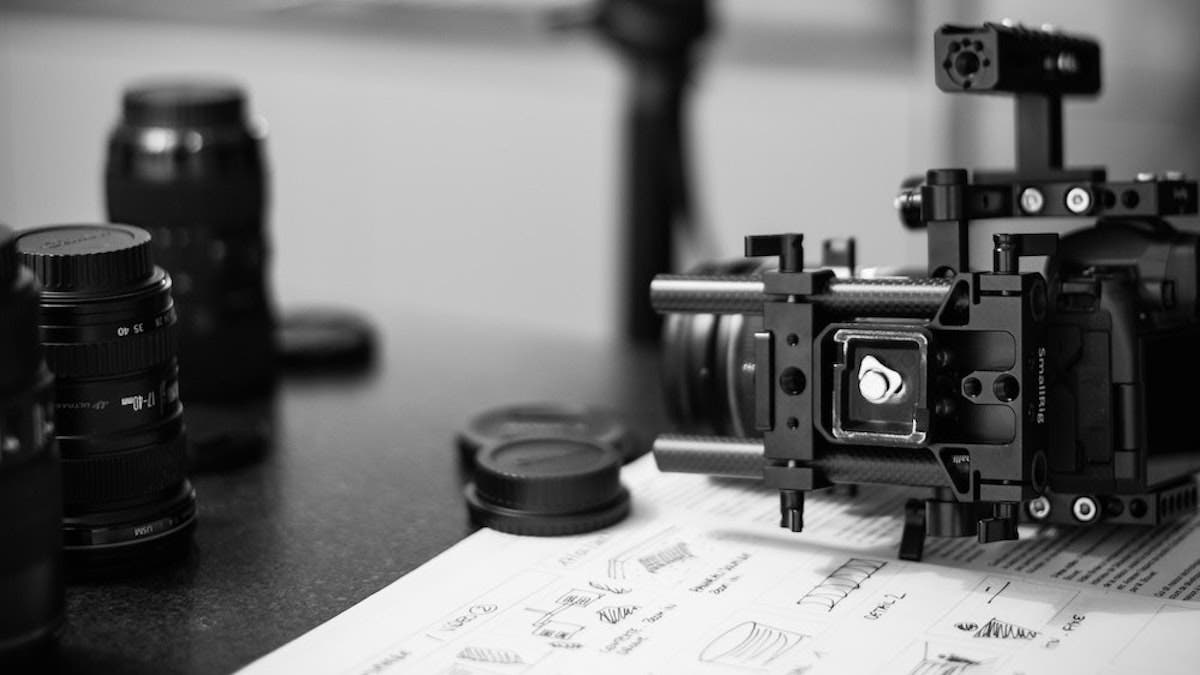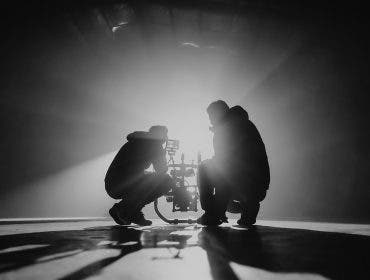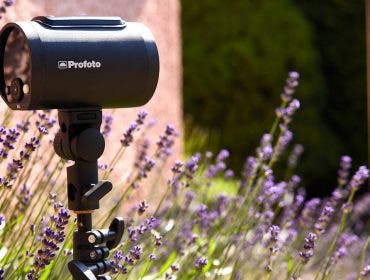Filmmakers delight in telling visual stories through their own or shared vision. It’s this shared vision that drives the creative process, from pre-production, production, and post-production. However, before even picking up a camera, the Director, Producer, Production Manager, and Director of Photography (DOP) must be on the same pageso the collective vision is aligned. Fortunately, the process of aligning a film crew together comes in the form of a shot list.
What is a Shot List?
A shot list is a document that details every individual shot that a director plans to film. It is an essential tool for any filmmaker. It helps to ensure that all the necessary shots are captured during production. A well-crafted shot list can also save time and money on a set. It can avoid costly mistakes or re-shoots. The process of creating a shot list begins with brainstorming all the potential shots that could be used in a scene. Once the initial list is complete, it should be reviewed and whittled down to only the essential shots.
Why Are Shot Lists Important?
This very important document is an important tool for pre-production planning. A shot list helps the filmmakers determine what equipment and crew will be needed. You can also then estimate the amount of time required to shoot each scene.
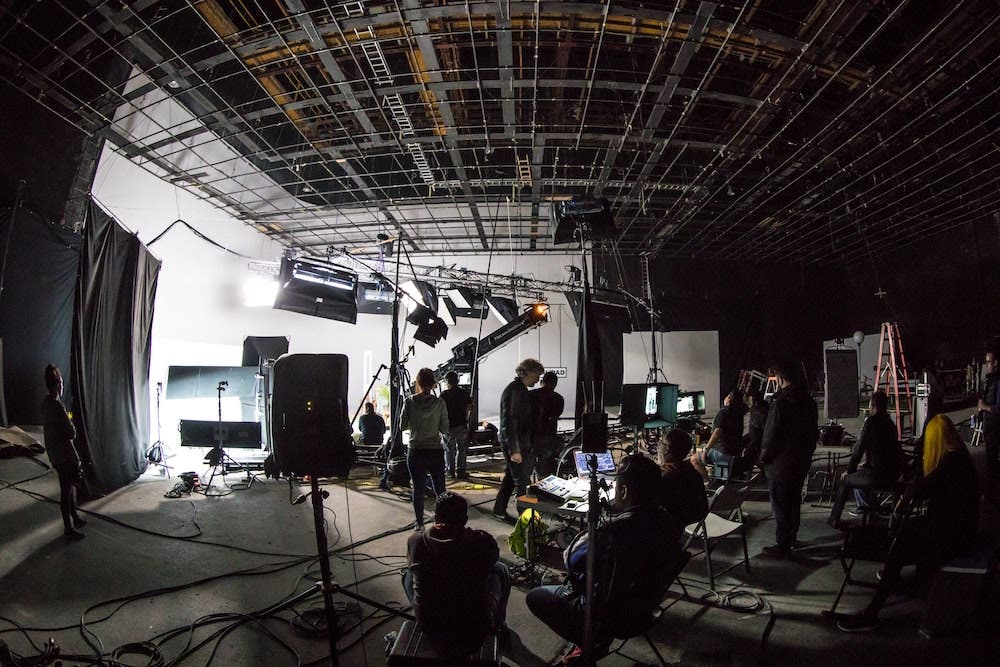
The shot list can also be used as a reference during filming to ensure that all of the planned shots are captured. It tells the DOP and Assistant Director which direction the camera moves happen and provides a representation for lighting departments to marry a shared vision on set. In addition, the shot list can be used to create a storyboard, which can help visualize the scene and plan the filming process.
To learn more about the hierarchy on film sets, check out Film Crew Positions: A Comprehensive Guide.
What Goes in a Shot List?
Traditionally, shot lists were drawn up on paper into columns with individual attributes that would help identify where the scene would be taking place in the script. Each section would show a breakdown of all the activities that would need to take place for the dailies to be wrapped up. However, now with modern technology, shot lists are digital representations of an entire shoot from start to finish.
Communication is greatly enhanced thanks to the ability to edit in the cloud and share real-time information and call sheets to the different crew, wardrobe, prop and set departments.
To give you an idea of the complexity involved in putting together one of these documents, here’s a breakdown of each main element that forms a shot list:
Shot Number
A shot number is used to identify a specific shot in a film or video production. It is typically assigned by the director or assistant director and is written down in the shot list so the crew can track which shots have been filmed and which still need to be done. It also ensures that each shot is captured in the correct order so that they can be edited together seamlessly.
Shot Description
A shot description is a specific type of shot list that provides additional information about each shot. This can include the camera angle, the lens type, the lighting setup, and anything else that would be relevant to the production team. Shot descriptions are essential for ensuring that each shot is executed correctly. They can also be used to plan out complex shots in advance.
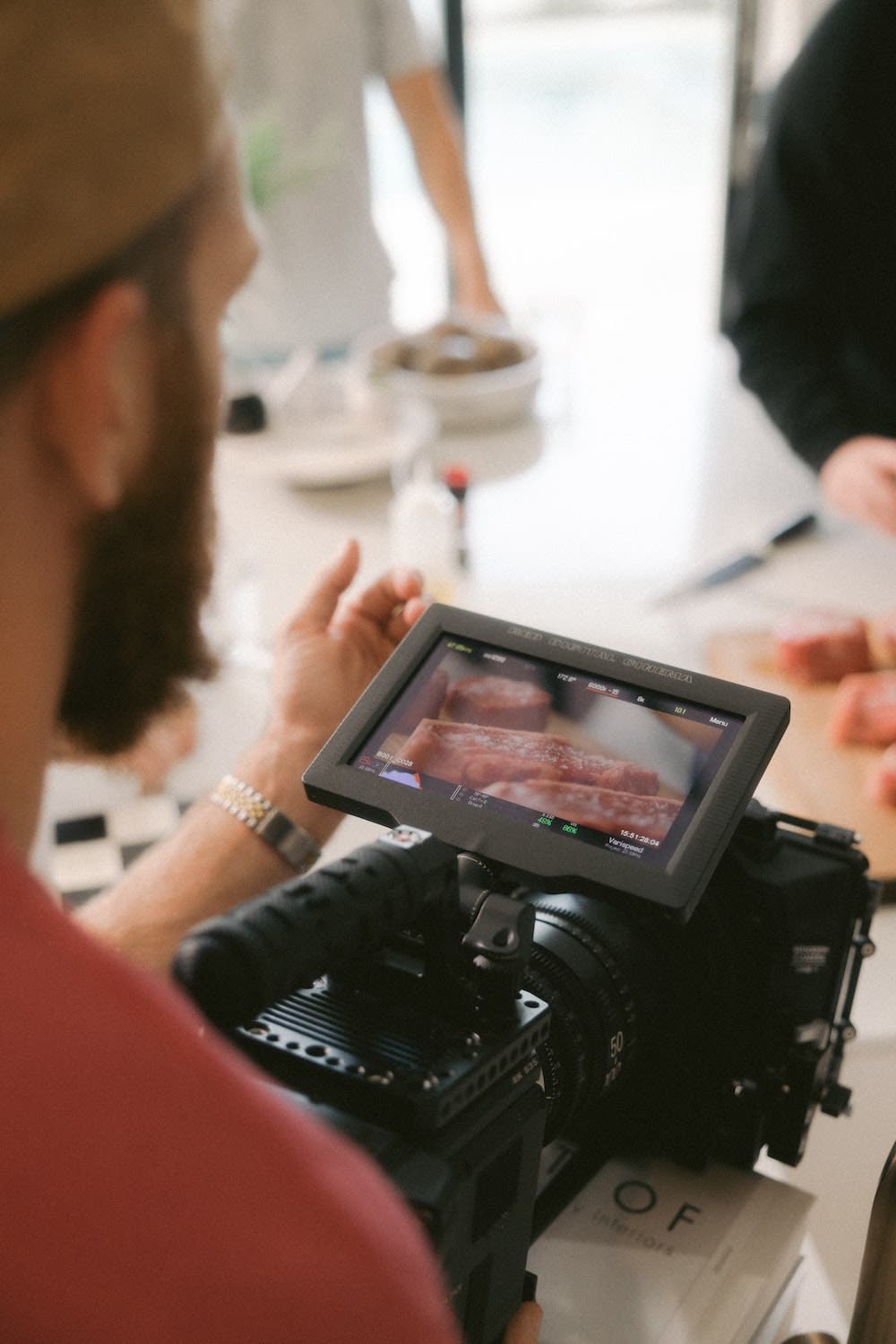
Shot Size
A shot size is a numerical representation of the relative amount of screen time given to a subject. In other words, it is a way to compare the importance of different shots in a scene. The most common system uses a scale of 1 to 10, with 1 being the most important and 10 being the least important. However, some directors prefer to use a scale of 1 to 5 or even 1 to 3. This is typically assigned based on the importance of the shot in conveying the story or advancing the plot.
Shot Type
Shot types are used to categorize the different types of shots that will be used in a scene. The most common shots are wide shots, medium shots, and close-ups. Wide shots are typically used to establish the setting or provide a general overview of the scene. Medium shots are usually used to capture dialogue or action, while close-ups are used to highlight specific details.
Movement
The term movement refers to any camera movement that will be used during the shot. This can include panning, tilting, dollying, or craning. Movement can also refer to the movement of objects within the frame, such as people or vehicles. Including movement in a shot list is important because it helps the Director plan for the necessary equipment and personnel. It also allows the crew to be prepared for any complicated setups.
Equipment Needed (Camera, Lens, Dolley, Etc..)
Equipment needed refers to the specific items that will be required in order to capture the desired image. This could include items such as cameras, tripods, lights, reflectors, or special rigs. In some cases, it may also be necessary to rent or purchase additional equipment in order to get the desired results.
Read How to Rig a Cinema Camera for more information on this.
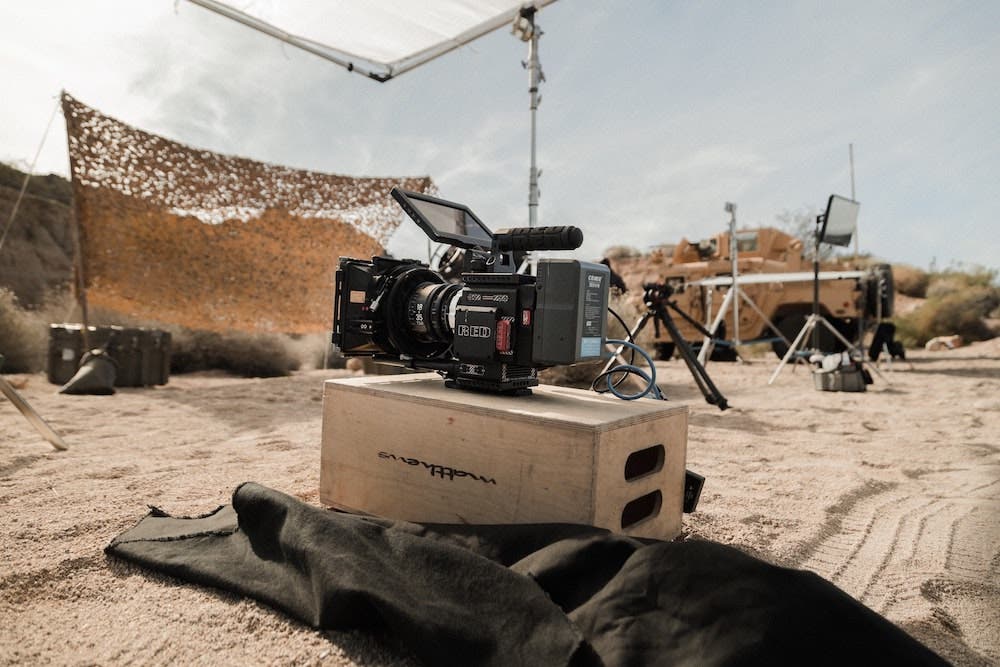
Frame Rate
A filmmaker makes one of the most important choices when creating a shot list when deciding on the frame rate. The frame rate is the number of frames that are shown per second, and it can have a major impact on the look and feel of a film. A high frame rate will result in a smoother, more fluid image, while a low frame rate can give the footage a choppy, jarring quality. In general, films are shot at 24 frames per second. Although, some filmmakers may choose to use a higher or lower frame rate depending on the desired effect.
Location
In filmmaking, a location refers to the place where a scene is filmed. It can be an indoor or outdoor setting, and it can be real or fictional. The location of a scene can have a significant impact on its mood and tone. For example, a scene set in a dark and foreboding forest is likely to be much different than one set in a sunny meadow.

Time of Day
The time of day is an important piece of information to include on a shot list, as it can affect everything from the lighting to the wardrobe. For example, if a scene is supposed to take place at night, the time of day will be noted as “night.” This allows the crew to plan accordingly, ensuring they have the right equipment and supplies.
The time of day can also create a certain mood or atmosphere. A scene that takes place in the early morning hours may have a different feel than one that takes place in the middle of the afternoon.
Subjects in Shot
The Subjects In Shot (SIS) column on a shot list indicates which characters or objects will be in the frame for each shot. This information is important for both the Director and the Cinematographer, as it helps to ensure that all of the necessary elements are included in each scene. In addition, the SIS column can also be used to plan special effects or make sure that certain props are in place.
Audio/Music
Audio/music refers to any sound that is captured on film or video. This can include dialogue, footsteps, background noise, and music. When creating a shot list, it is important to note any audio that should be captured along with the visuals. This will help to ensure that all of the necessary elements are captured during filming.
Who Puts Together a Shot List?
Many different elements go into creating a successful shot list. Each person who works on one brings their own unique vision to the table. The Director is responsible for ensuring that the project’s overall vision is conveyed through the chosen shots. At the same time, the cinematographer must select shots that will showcase the film’s aesthetics in the best light possible.
The production designer also has a hand in selecting shots, as they must choose locations and set pieces that will support the story being told. Ultimately, it takes a creative team to create a successful shot list.
When Should a Shot List be Made?
There is no one answer to the question of when a shot list should be made. Every film production is different, and each has its own unique needs and challenges. However, there are some general guidelines that can be followed. Most importantly, a shot list should be created before production begins. This allows the director and cinematographer to collaborate on the overall look and feel of the film. It also ensures that all of the necessary shots are captured during filming.
Without a shot list, it is easy to overlook important details or to forget to capture key moments. This can lead to costly delays or even force the production to be scrapped entirely. For these reasons, it is essential to put together a shot list before production begins.
What Comes First: Storyboard or Shot List?
Before a film can be shot, the director and cinematographer must sit down and plan out each and every shot. This planning process is essential to ensure that the film is visually coherent and the story is properly conveyed to the audience. There are two key tools that are used in this planning process: the shot list and the storyboard.
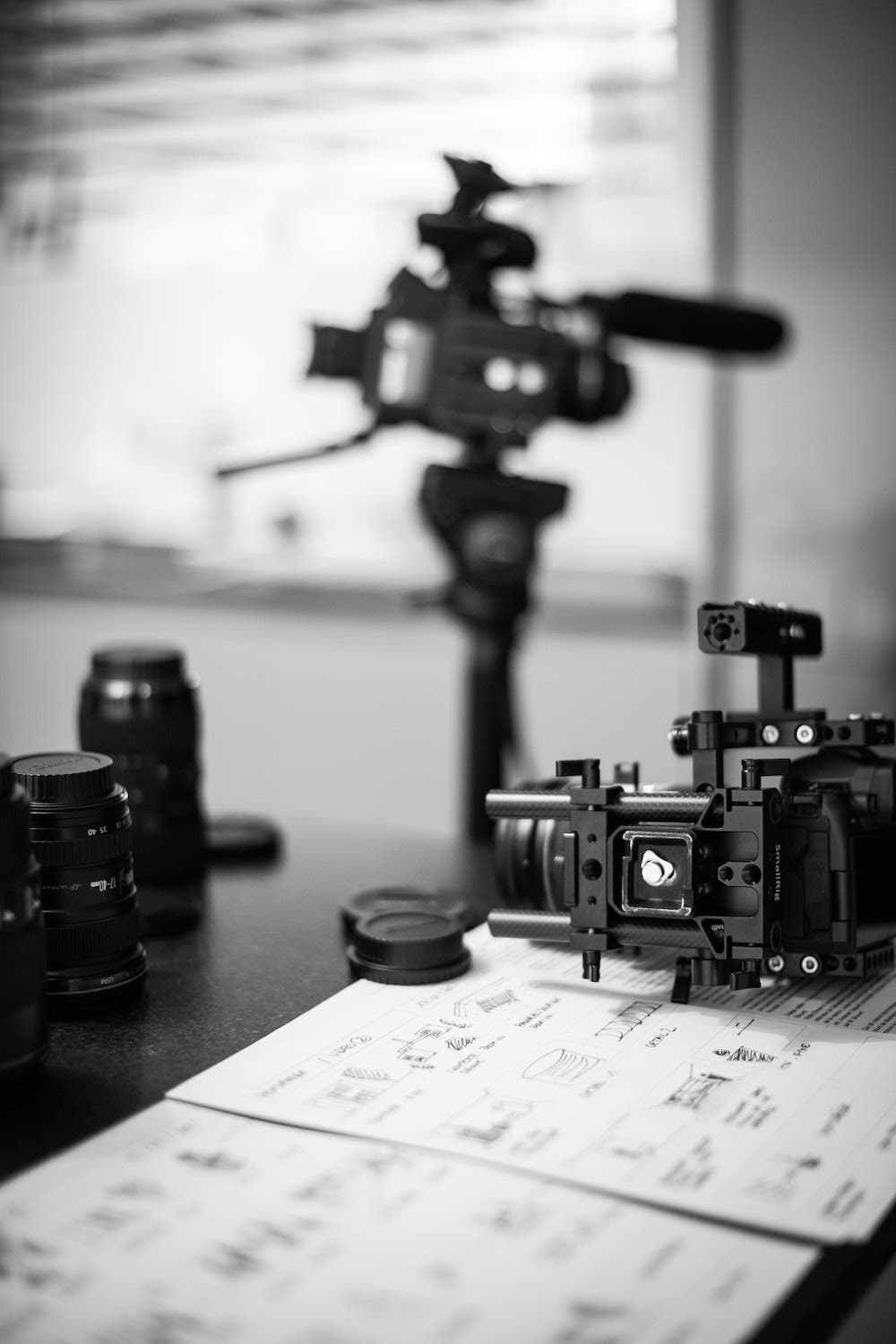
A shot list is simply a list of all of the shots that will be used in the film. It includes information such as what type of shot it will be (close-up, wide shot, etc.), what action will be taking place in the shot, and how long the shot will last. The shot list is essentially a blueprint for the film. It gives the crew an idea of what needs to be accomplished in each scene.
A storyboard is a visual tool that is used to plan out each shot. In a storyboard, each scene is broken down into individual images showing what will happen in each frame. This gives the director a better idea of how the final product will look. Storyboards are often created before the shot list, as they can help to provide inspiration for what types of shots should be used. However, some directors prefer to create the storyboard after the shot list has been finalized. This is because it can be helpful to see everything laid out visually before making any final decisions.
First Steps When Creating a Shot List
A shot list is an important tool for any filmmaker, whether they are just starting out or have years of experience. It ensures that the shots are filmed in the correct order, making the editing process much simpler.

For a new filmmaker, the best way to create a shot list is to sit down with the script and identify all the different shots that are needed. Once this is done, it is important to network with a rental company or production house and discuss the shots in detail. By doing this, the filmmaker can ensure that they get all the necessary equipment and that the production house understands their vision. By building a good relationship with a rental or production house, filmmakers can make the process of creating a shot list much easier.
